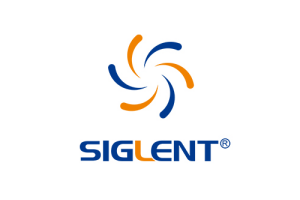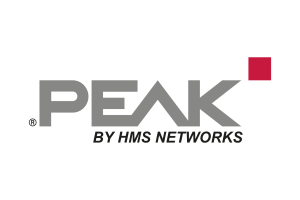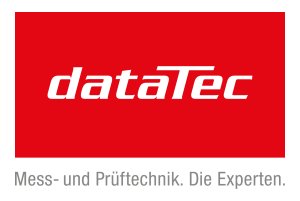Printing Technology for Displays
Printed OLEDs with 10 µm Pixel
In the EU project »Hi-Response«, a high-resolution printing technique for electrically conductive and light-emitting polymers was developed to produce AM-OLEDs for displays. 10 µm pixel resolution has already been demonstrated.
The printing technology is being developed at the Fraunhofer Institute for Applied Polymer Research IAP. It is a pulsating electrostatic process and is called ESJET (electrostatic jetting). A display with 62.967 pixels and 10 µm pixel resolution reflects the current state of the art. The pixel density is around 300 ppi, which is in the range of older smartphone displays (eg. iPhone 7, 326 ppi).
However, ESJET printing technology is not necessarily intended to produce smartphone formats. The process is scalable and especially interesting for larger OLED display formats, which are still very expensive in the established production with shadow masks and gas phase deposition and limited in their spectral structure resolution.
»One of the remarkable things about the technology is that it can print pixel sizes of up to 10 µm even at a pixel pitch of 25 µm,« says Dr. Christine Boeffel, project manager at Fraunhofer IAP. The backplanes will be developed at Imec and TNO/Holst Centre and made available to the IAP as part of the project.
Part of a Larger Project
Further development there will now focus on further increasing structural resolution. »We are convinced that pixel sizes can be further reduced below the 10 µm mark,« says Dr. Manuel Gensler, researcher at the Fraunhofer IAP for ESJET printing.
Printing OLED emitters is one of several facets of the »Hi-Response« project. A total of 13 project partners are working on the printing technology, which is to be used in general for the production of electronics in the printing process. The project goal is a structure resolution in the range of 10.000 dots per inch (dpi). According to Fraunhofer, the separable viscosity range for the printing material of 1 to 10.000 cP is significantly greater than that of current inkjet technology, which is between 1 and 40 cP.









